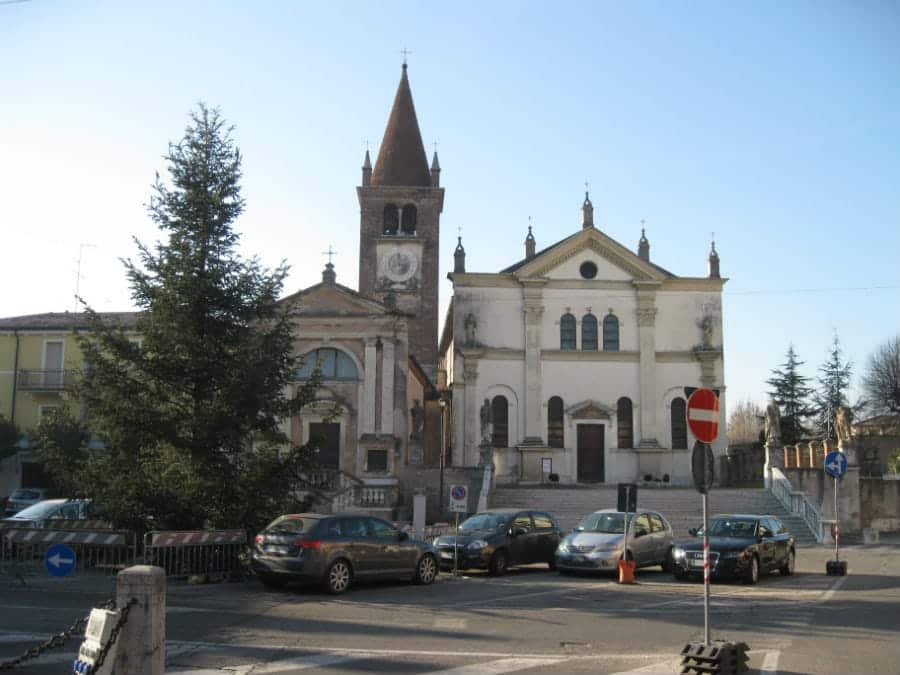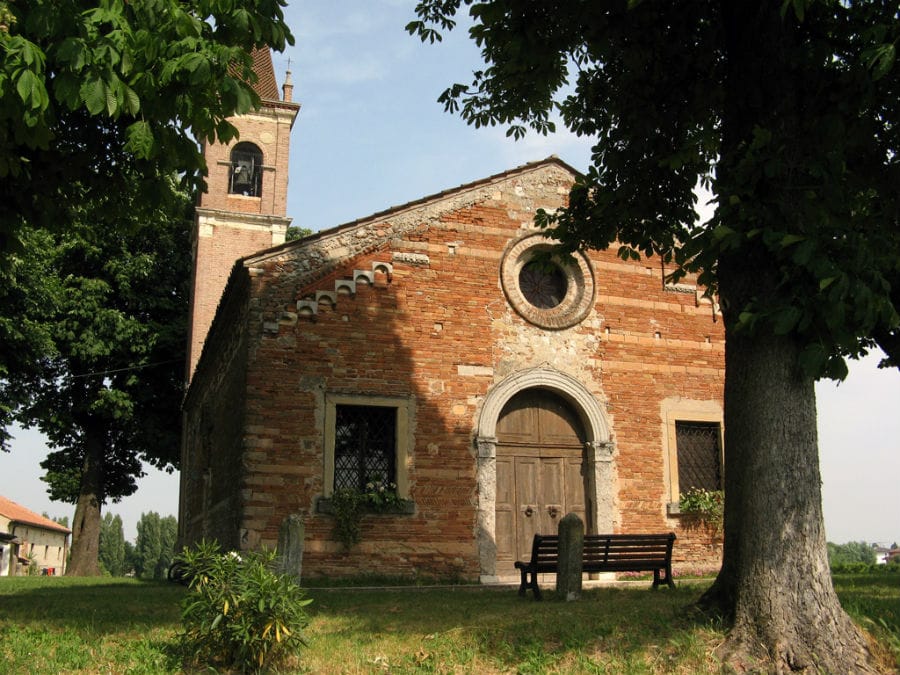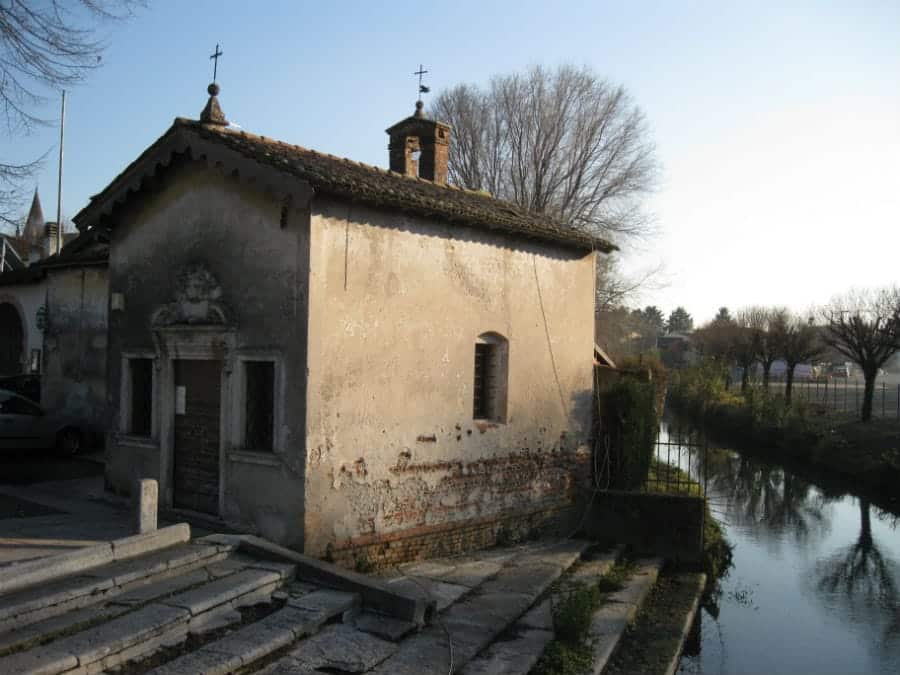In the roman period the marshes of the River Tartaro, who occupied the southern part of the territory, were very extended so as to procurarne l'"insulation" from the villages and the surrounding districts. From here the name of Cenensis Insula. The first settlements date back to the Bronze Age, which have expanded during the roman domination and with the construction of the Via Claudia Augusta. In the medieval period there is a record of the settlement of Benedictine monasteries, who worked to the reclamation of agricultural territory. In the municipal epoch the territory belonged almost entirely to the accounts Boniface of Verona and was called "Island of Auditors".
In the XIII century the town was subjected by the Scaligeri, which strengthened the defenses On The River Tartaro. The Scaligeri families the territory took the final name of Isola della Scala (Ìsola de la Scala in the Veneto region). With the conquest of the Serenissima Republic of Venice there was the settlement of many Venetian families who constructed works of hydraulic and d'arte. The same name was changed into "Island of San Marco", but did not have much luck in use because the inhabitants of the town remained always linked to the ancient name since restore it at the sunset of domination. In that period however the marshes were reclaimed and from the XVII century it was introduced the cultivation of rice. During the Napoleonic period, Isola della Scala lost its autonomy, in favor of the district of Villafranca, but returned to a leading role with the Austrian domination.
Certainly deserve a visit to the Abbey of Santo Stefano, Sanctuary of Bastia, Church of Formica and the Tower of the Scaligeri, the symbol of the village. Is part of the area of production of rice, Vialone Nano Veronese that is cultivated on land of the Veronese plain irrigated with water of resurgence. There are also cattle, pigs and poultry.
Local specialty is the Isolana risotto, one of the best known dishes in the gastronomic landscape veronese.





